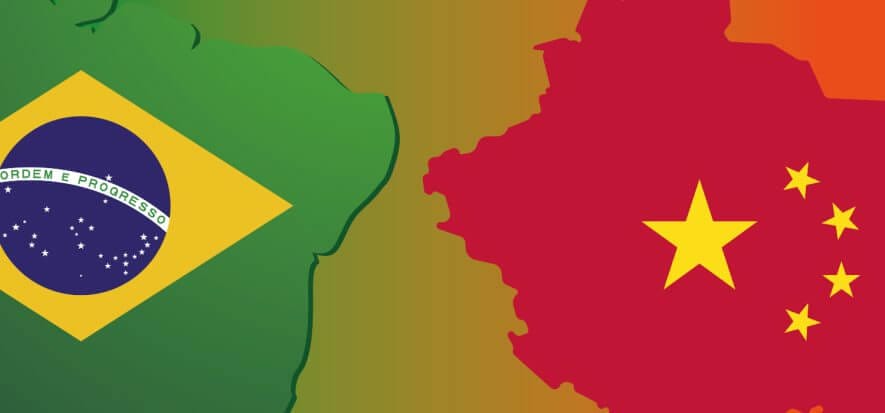China struggles between one lockdown and the next one, the country’s tanning segment is late in progressing with its plans and the consequences can be seen in Brazil as well. The evolution of the pandemic still weighs on the international commerce of leather, and the People’s Republic struggles with high priced raw materials and in guaranteeing delivery within the agreed tie frames. In South America, things aren’t going any better, but the segment’s companies are being saved by the internal market, for the most part.
China’s tanning segment is late
“Worse than 2020”. That’s the summarized version of what Chinese tanners say about last year. As reported by ILM, the situation in the Asian country is complex. On one end, production and transportation costs continue to increase. Mainly due to the pandemic and lockdowns tied to the “Zero-Covid” strategy. These aspects compromise the activities of many tanneries, as they are forced to close down for periods of time.
Some are unable to work because of a lack of water, as droughts become a global problem. Those that work are very often forced to do so at half speed for these reasons. And to all that, one must add the concerns that European and US brands are planning on leaving (with some literally running away), as they look for continuity in service and certainties in terms of deliveries of raw materials. In these times, China struggles to guarantee all that. The only positive end comes from the automotive segment, which, thanks to government incentives, is performing well.
Brazil moves forward
The aforementioned aspects influence the performance of the Brazilian leather marketplace. As reported by Leatherbiz, Cortume Krummenauer is giving 15% of its product to the national footwear and handbags’ segments. An important news comes from the numbers, as confirmed by commercial director Joel Krummenauer, as they show that in 2021, 95% of the leather went to foreign markets. “Footwear manufacturers are very busy currently and have a solid number of orders until November or December”, he points out. Being unable to rely on Chinese suppliers (and Asian ones in general), they have found a home solution.
Read also:











